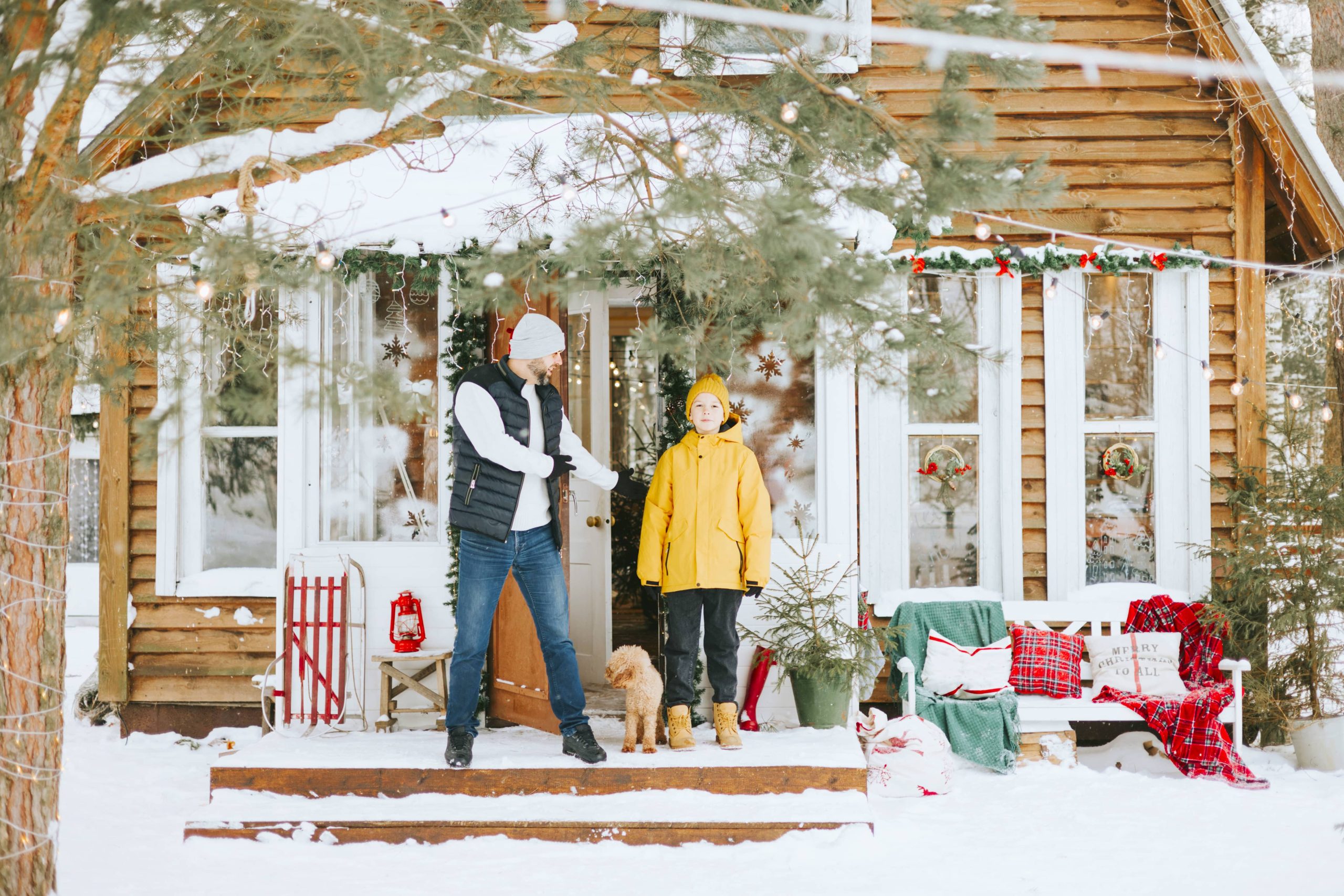
As winter’s cold grip slowly loosens and the first signs of spring begin to emerge, many gardeners feel the familiar itch to start planting. For those who love experiencing the full cycle of plant growth, starting seeds indoors is an incredibly rewarding practice. It not only extends the growing season but also offers complete control over varieties and care. Here’s an in-depth guide with the best tips for starting seeds indoors, perfect for ensuring a flourishing garden to welcome in the warmer months.
1. Choose the Right Seeds
The first step when starting seeds indoors is selecting the right seeds. Consider plants that do well when grown from seeds indoors. Tomatoes, peppers, broccoli, and herbs like basil and cilantro are all fantastic options if you wish to transplant them outdoors later. Check the seed packets for information on optimum planting times and growing conditions. This will help you plan your indoor garden timeline and avoid starting your seeds too early or too late.
2. Use Quality Supplies
A successful indoor gardening setup requires quality supplies. Invest in seed-starting trays, biodegradable pots, or even repurpose household items like egg cartons—just ensure they have enough space for root development. Use a high-quality soil mix specifically designed for seed starting, as it is lighter and sterile compared to regular potting soil, which aids in healthy root development and reduces risks of diseases.
3. Provide Adequate Light
Seedlings require ample light to thrive, and natural sunlight may not be enough, especially in the early days of spring. Consider using grow lights. They’re specifically designed to emulate the spectrum of natural light and are ideal for seed starting indoors. Place the grow lights 2-3 inches above the seedlings and adjust as they grow to keep the light close without overheating them. Aim for 12-16 hours of light per day to ensure robust growth.
4. Create the Right Environment
Temperature and humidity play critical roles in seed germination and seedling health. Most seeds germinate best at temperatures between 65°F and 75°F (18°C and 24°C). Consider using a heat mat under your seed trays to maintain consistent warmth, especially if your indoor environment tends to be cooler. To retain humidity and warmth, cover your seed trays with a plastic dome. This creates a mini greenhouse effect to encourage sprouting. Remove the cover once the seedlings have germinated to allow for airflow and prevent mold growth.
5. Water Wisely
Seeds and seedlings are fragile, so water them carefully. Use a spray bottle to mist the soil surface gently so as not to dislodge seeds. Ensure the soil stays consistently moist but not waterlogged. A good trick is to bottom-water by adding water to the tray in which the seeding cups sit, allowing the soil to wick up the moisture it needs. As seedlings grow, you can switch to more direct watering methods, but always monitor soil moisture levels and adjust watering frequency as necessary.
6. Transplant Carefully
Successfully transferring your seedlings from indoor pots to your outdoor garden is crucial. Before transplanting, harden off your seedlings by gradually exposing them to outdoor conditions. Start by placing them outside for a few hours in a sheltered location, incrementally increasing their time outdoors over a week or two. When planting, ensure the outdoor environmental conditions are suitable and there’s no forecast for adverse weather. Transplant on a cloudy day or late afternoon to minimize transplant shock.
7. Label and Record Everything
With the enthusiasm of starting many varieties, it’s easy to lose track of what’s planted where. Use plant markers to label each pot with the plant’s name and date sown. Keeping a garden journal or log can enhance your gardening experience by helping you track growth progress, record any successes or failures, and note adjustments for future seed-starting endeavors.
8. Practice Patience and Adaptability
Lastly, remember that gardening is as much an art as it is a science. Even with the best tips and practices, challenges can arise. Be patient, observe your plants regularly, and be willing to adjust your approach as needed. Whether it’s tweaking the light setup or experimenting with different seed types, continuous learning will lead to a lush and rewarding garden.
In conclusion, starting seeds indoors is a wonderful way to jumpstart the gardening season, allowing you to watch the miracle of growth from seed to plant. By choosing the right seeds, using high-quality supplies, providing adequate light, maintaining appropriate conditions, watering wisely, and carefully transplanting, you set the stage for successful gardening in the great outdoors. Follow these tips as you embark on your indoor seed-starting adventure this spring, and you’ll be well on your way to nurturing a vibrant, productive garden that thrives throughout the year. Enjoy the process, and happy gardening!

